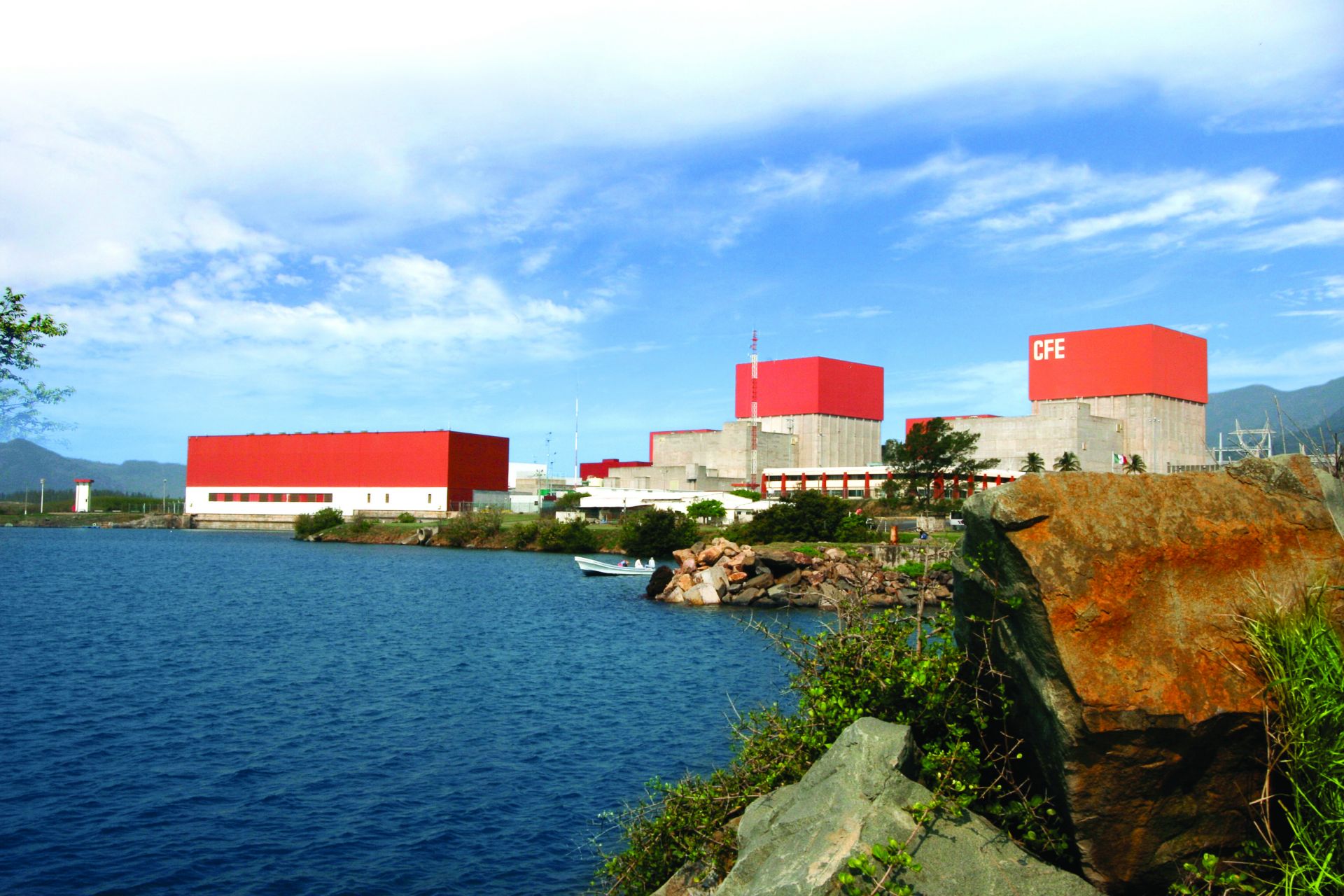Irradiation helps Mauritius develop heat-tolerant tomato varieties
The country of Mauritius is using nuclear technology to develop new tomato varieties that can thrive in hotter temperatures. The new high-yielding and heat-tolerant tomato seeds have been distributed to the country’s farmers, helping to protect a national industry valued at US$14 million annually, the International Atomic Energy Agency reported on July 15.
The IAEA, in partnership with the Food and Agriculture Organization of the United Nations (FAO), assisted the Food and Agricultural Research and Extension Institute (FAREI) in Mauritius to develop new tomato varieties using irradiation.






 This is the weekly Carnival of Nuclear Energy Bloggers with contributions from the leading pro-nuclear blogs in North America.
This is the weekly Carnival of Nuclear Energy Bloggers with contributions from the leading pro-nuclear blogs in North America.